|
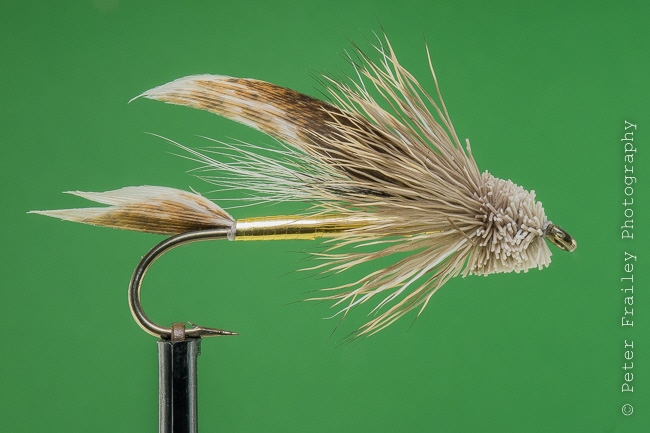
Above is the standard "Bailey"
Muddler. I use these in sizes #8 to #4.
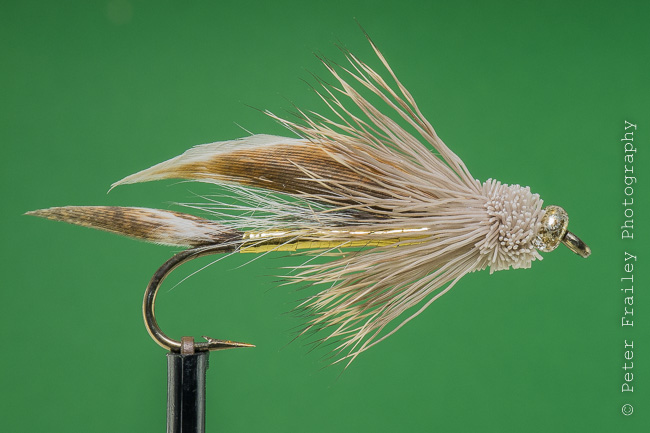
This is the "Bead Head"
version of the "Bailey" Muddler. The bead head helps
get this otherwise bouyant fly down in the water column
quicker.
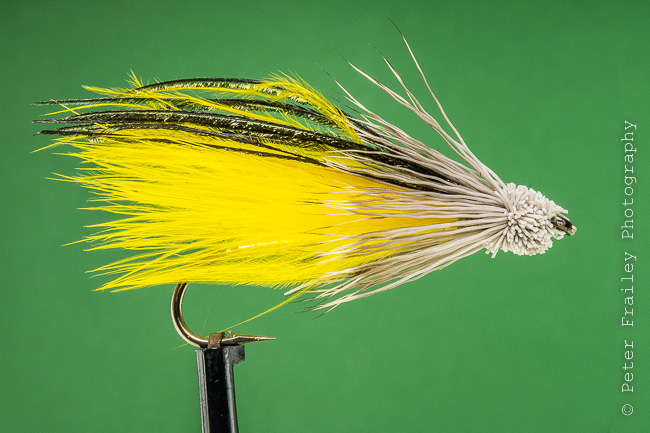
Perhaps the most famous adaptation is
the "Marabou Muddler". Combining the seductive action of
marabou with the Muddler's spun and trimmed deer hair head
is a powerful blend. You can have good luck with any number
of shades of marabou.

The "Monochromatic Muddler" is an attempt to blend various
shades of material each of which combines with the others to
produce a slightly mottled image of a food item that appears
as an impression that is more natural.
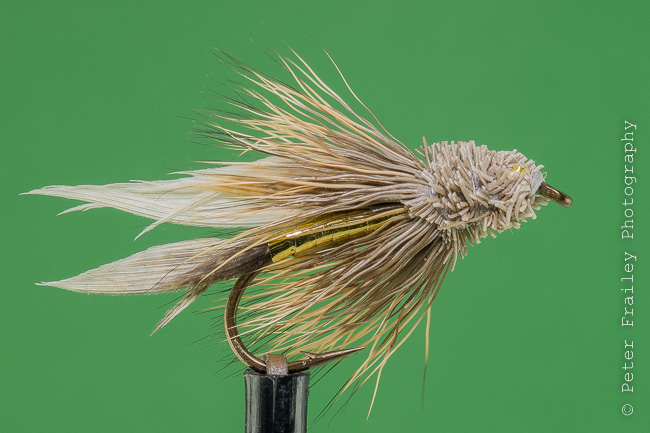
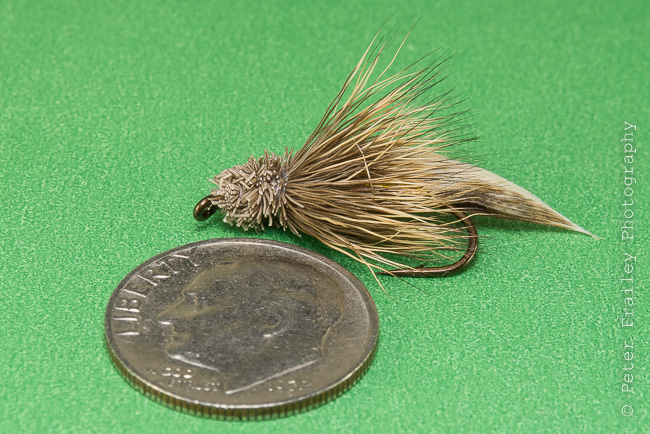
The "Mini-Muddler" offers a
scaled down version of the basic pattern. This takes
advantage of the fact that some times fussy fish will
respond to a reduction in fly size. Tied small, the
Mini-Muddler can represent a wide spectrum of food items.

The creative fly tyer can experiment with using standard
non-Muddler patterns tied with the spun and clipped deer
hair head. I have had a great deal of success by making a
Muddler out of an Edson Dark Tiger. This technique works
well with many effective streamer flies.

T he "Kenebago Muddler"
is the result of combining two successful fly patterns; the
Hornberg, and the Muddler. This is a proven fly in the
waters of northern New England
|